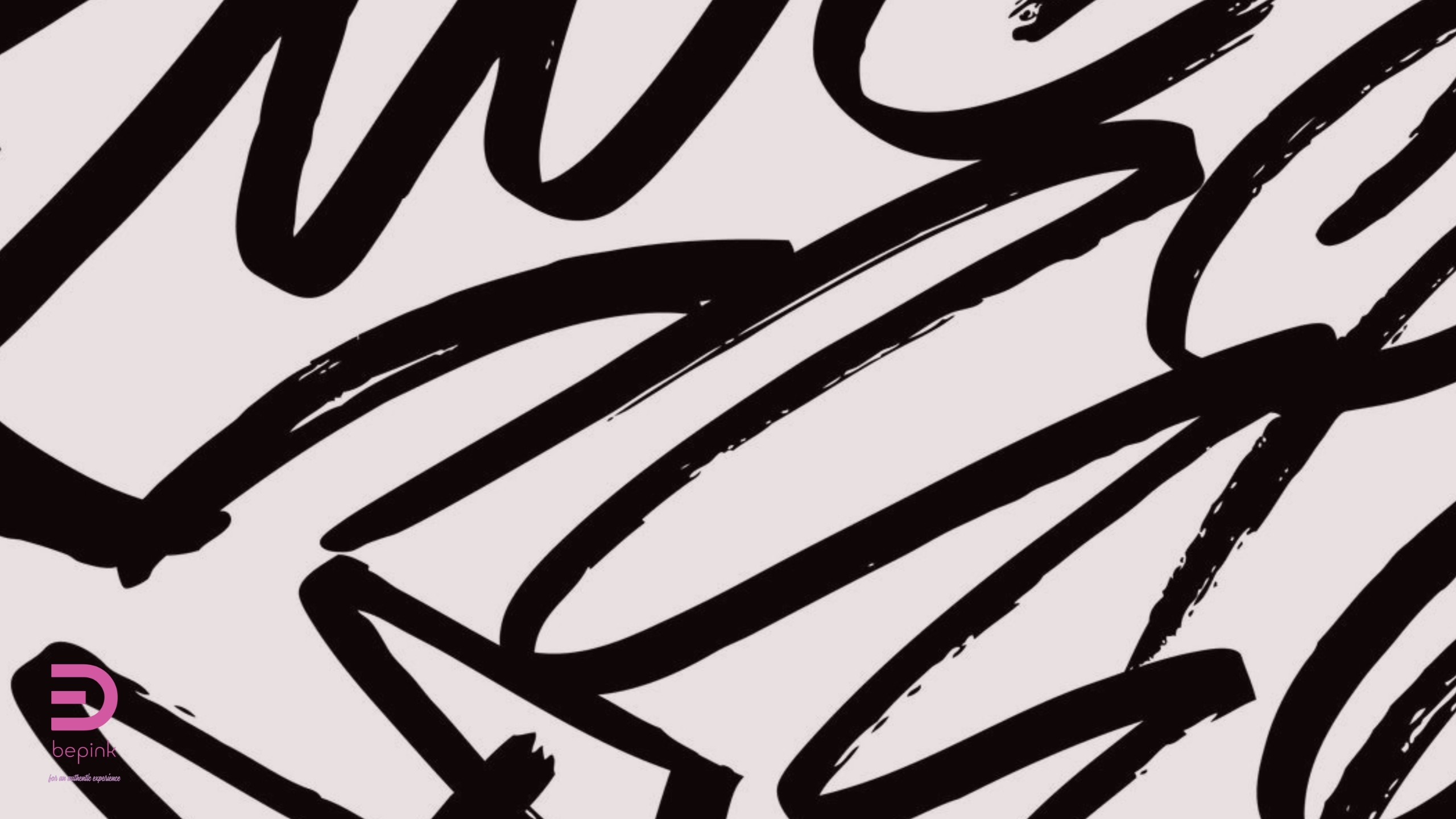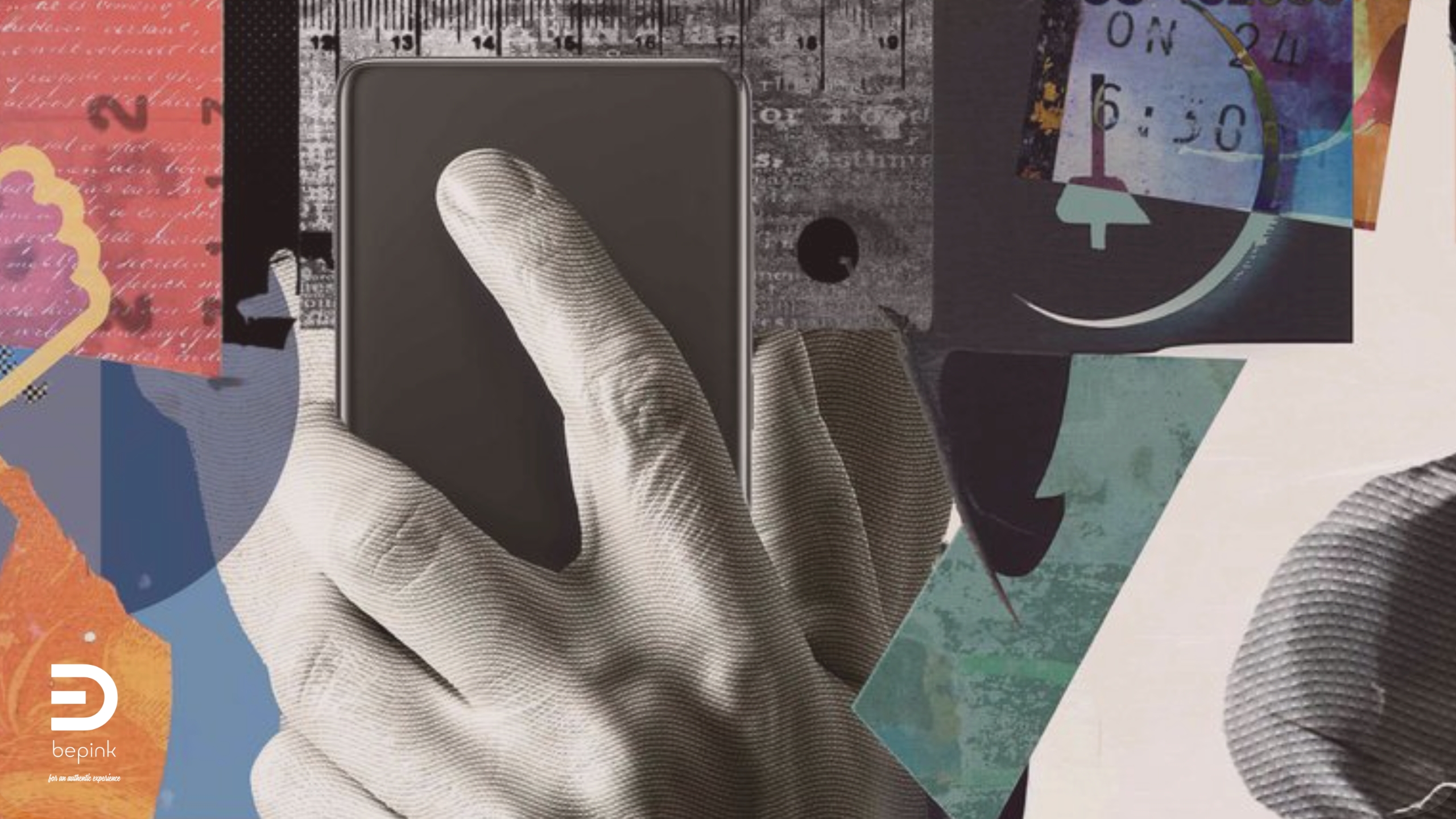There is a moment that steers everything, even when it seems to say nothing.
What Happens Before We Choose?
Every decision has a before.
A subtle space where ideas begin to arrange themselves, leaving micro-signals we often sense before we can name them.
A hidden rhythm that anticipates the moment when a choice starts to reveal itself.
Neither slow nor fast: a rhythm not defined by slowness, but by the quality of attention.
For more than a century, we’ve lived within a culture that has turned speed into a virtue.
We’ve learned to accelerate everything: conversations, processes, decisions.
But the real risk is not moving fast.
It’s losing the ability to listen.
Because listening — the true kind — doesn’t slow us down: it deepens.
And it’s precisely there that a decision finds the space to take form without becoming automatic.
There is an instant when complexity draws a contour: a still-blurred image — a prefiguration — that already contains an orientation.
That in-between moment is the rhythm before decisions: a zone of chiaroscuro, where things start speaking to one another even if we haven’t yet arranged them.

The Pulse of Ideas
It is an active pause, like stepping across a threshold: a word that returns, a detail asking to be seen, a doubt that does not rush toward resolution.
In that brief interval, the mind becomes permeable.
It isn’t stuck — it is a propulsive hesitation, a form of intuitive maturation:
a different way of focusing — more oblique, less linear.
This is where depth replaces haste.
Quality Doesn’t Depend on Speed
There are no formulas that guarantee good decisions. There is only a delicate balance between data, sensitivity and context.
The rhythm that precedes decisions helps us recognize the moment when a choice makes itself known — not merely executed.
Slow thinking orients us.
Slowness, when intentional, is a form of intelligence, not a delay.

Decisions Have a Shape
Every decision is an aesthetic gesture. It shapes the way we see reality.
Deciding does not mean simplifying:
it means giving contour to complexity, allowing it to retain its nuances.
The difference between responding and resonating lies here: in the rhythm that sustains a choice and in the care with which we decide how to choose, before defining what.
Conclusion
Before every decision there is a rhythm. A rhythm that does not lean on slowness, but on presence. A rhythm that doesn’t ask for control, but for space.
It is within this space that culture takes the shape of dialogue: where time stops being a constraint and becomes a companion in the creation of meaning.
The rhythm before decisions doesn’t teach us to stop.
It teaches us to see.

